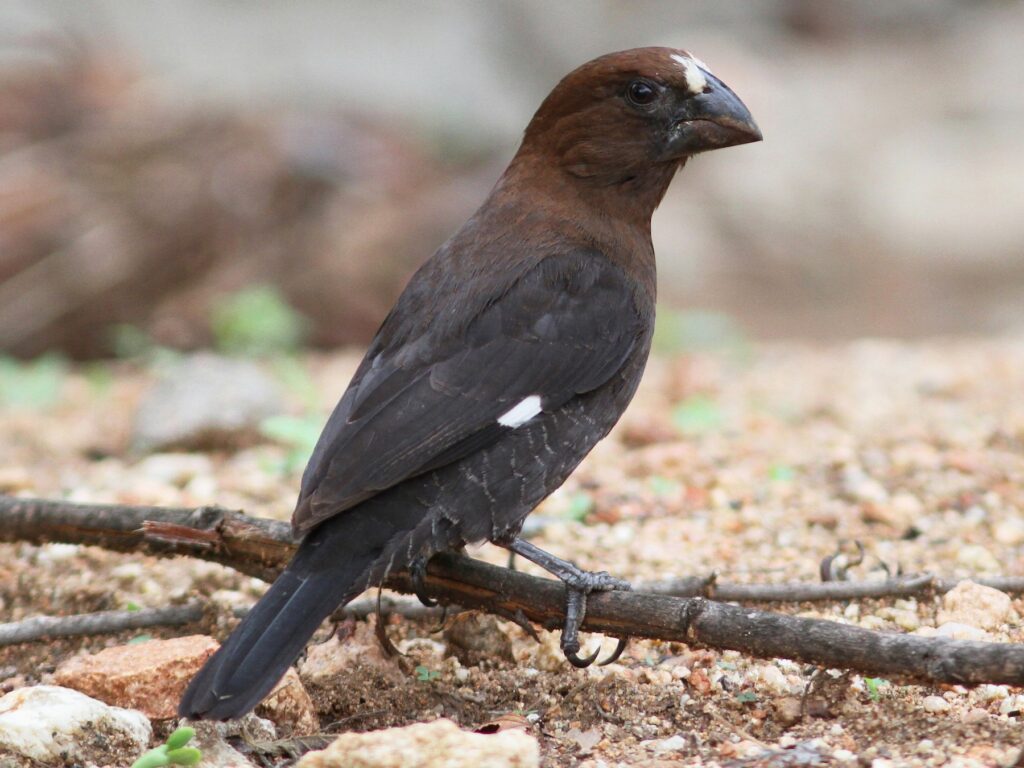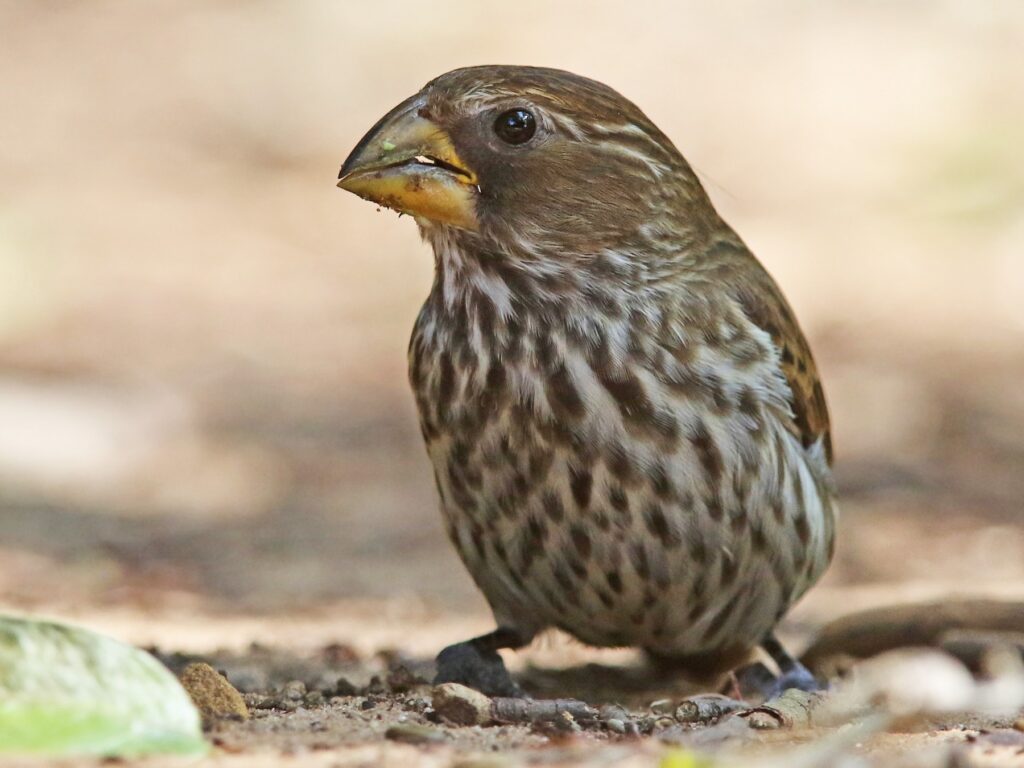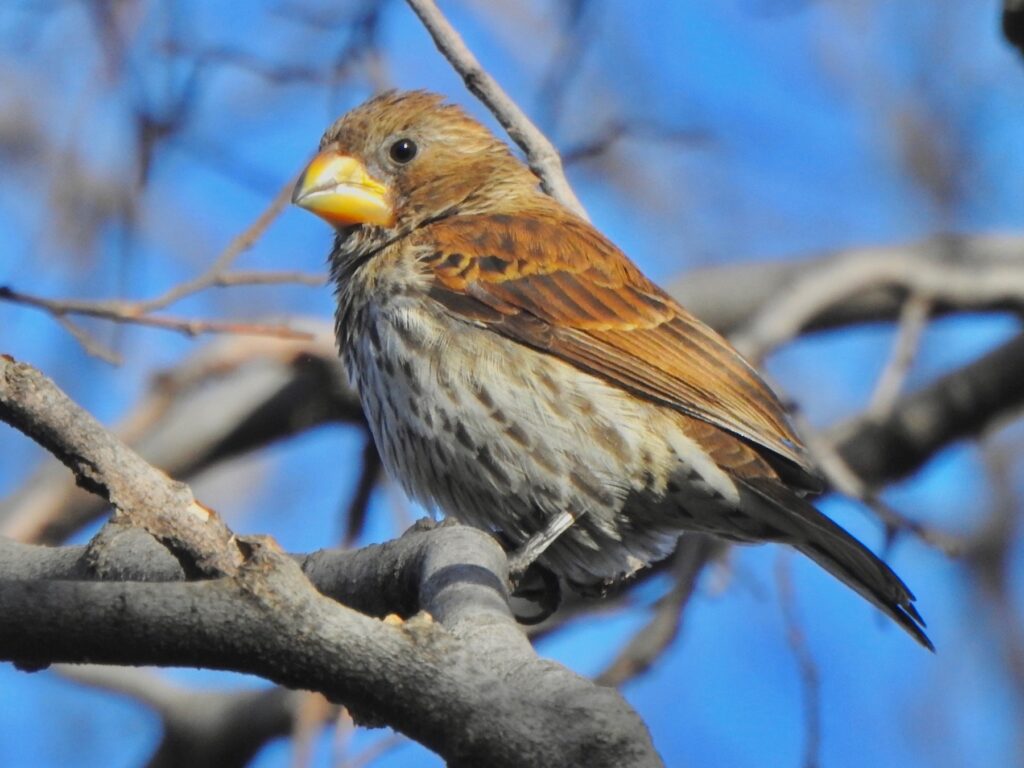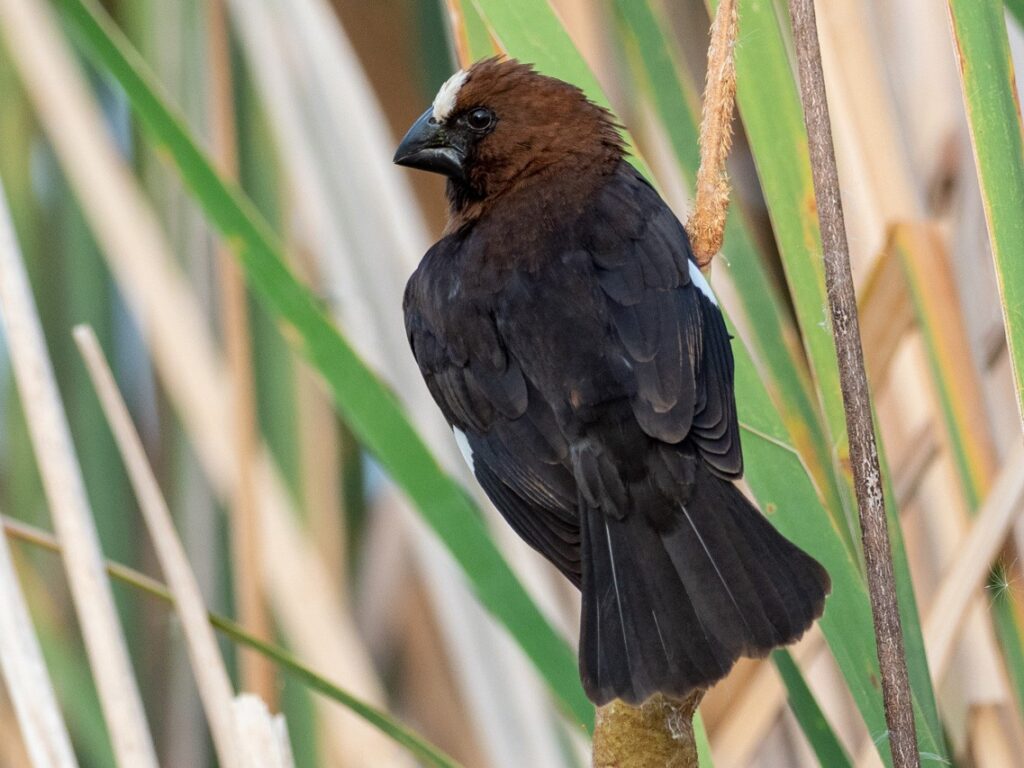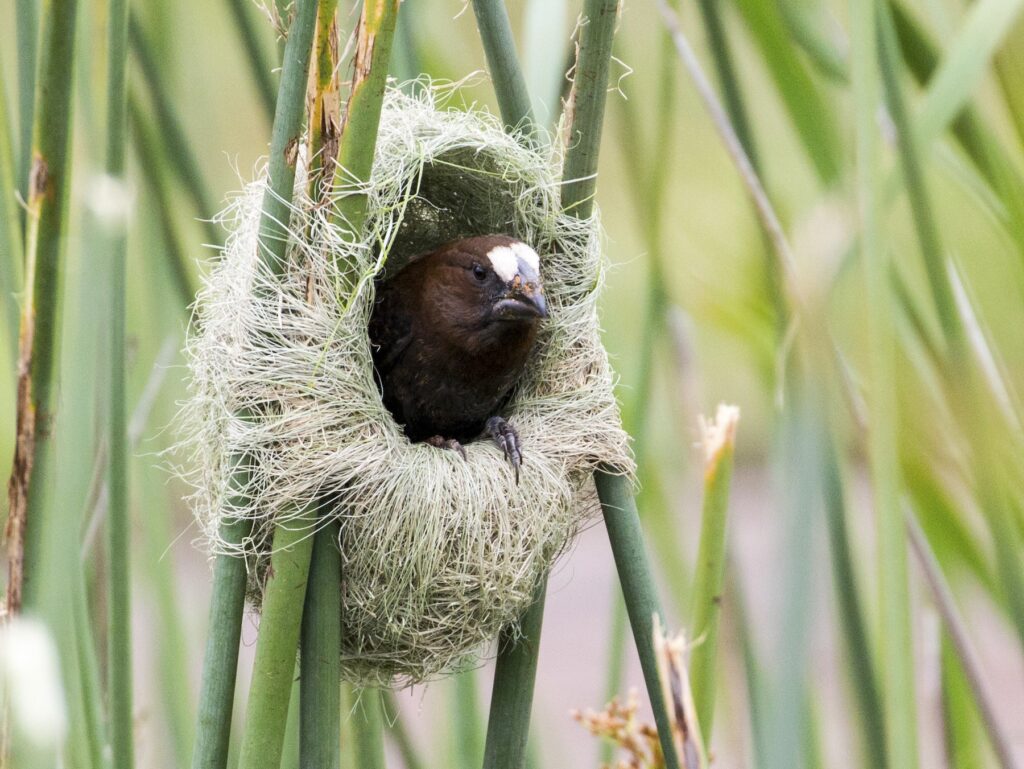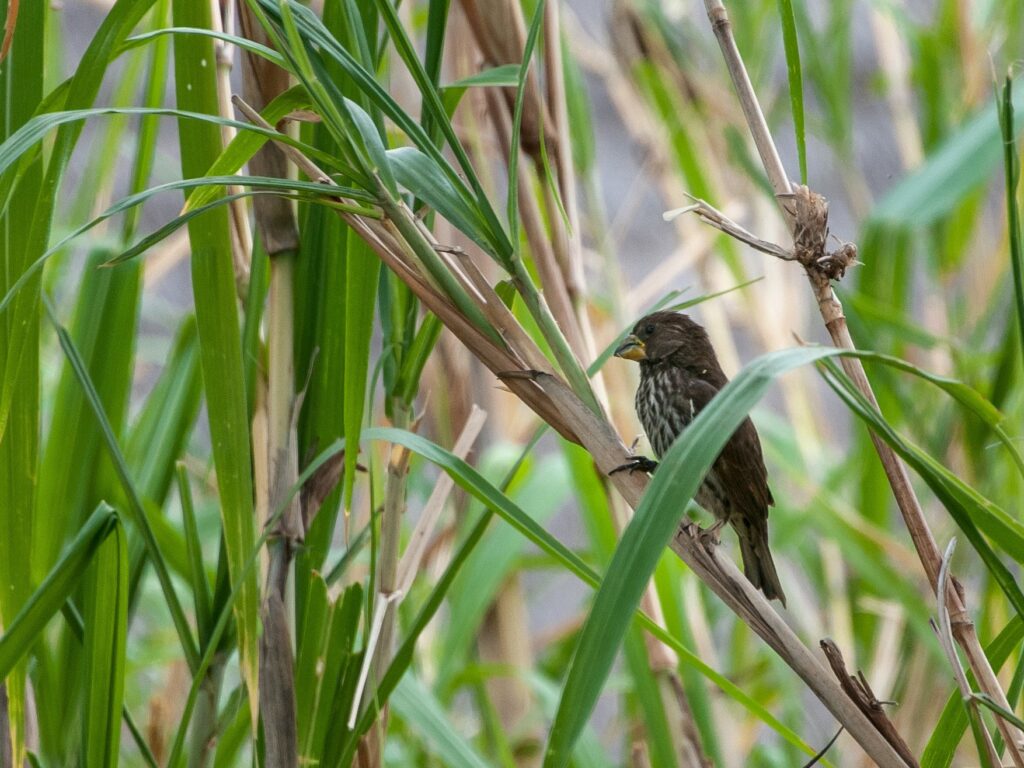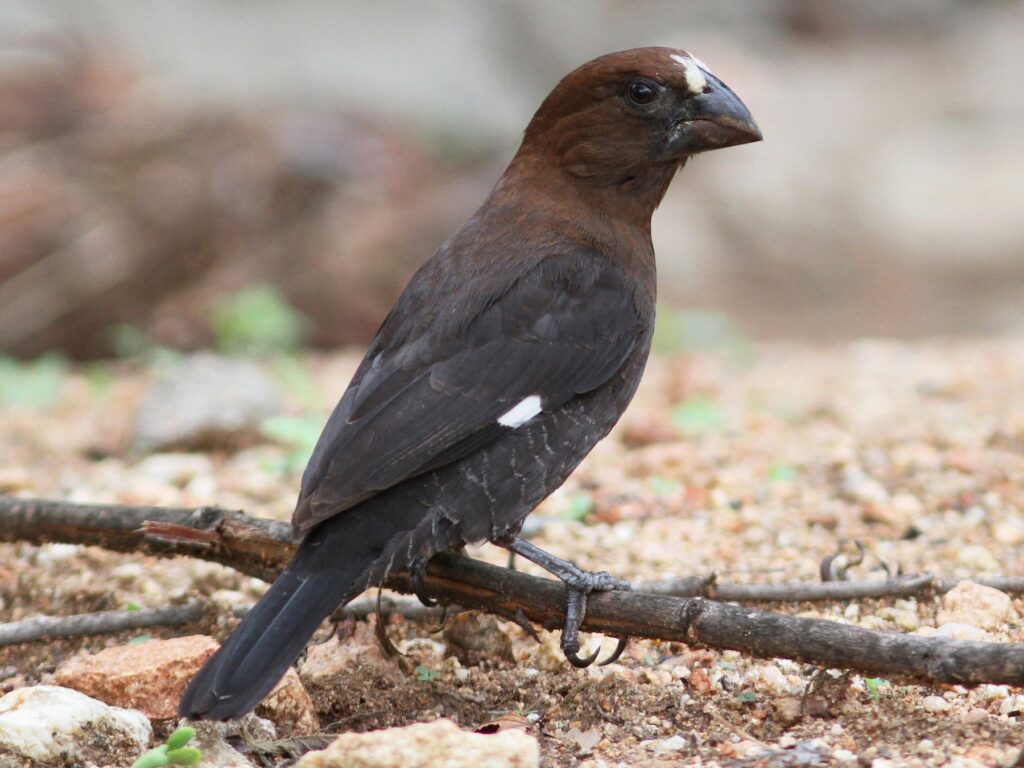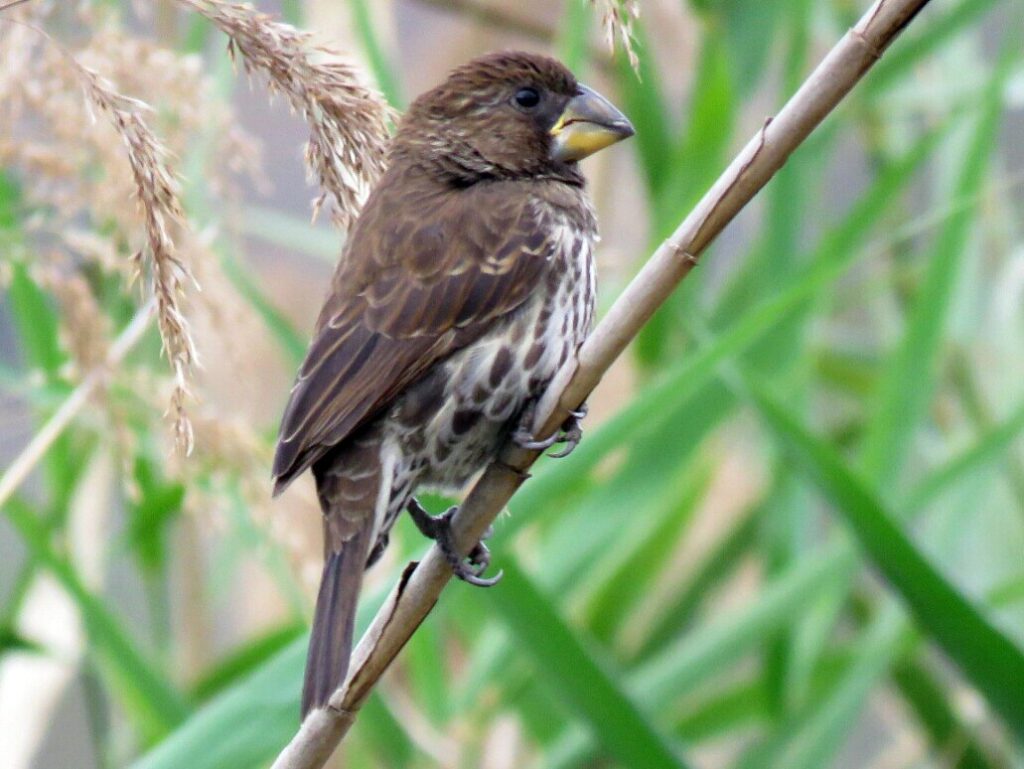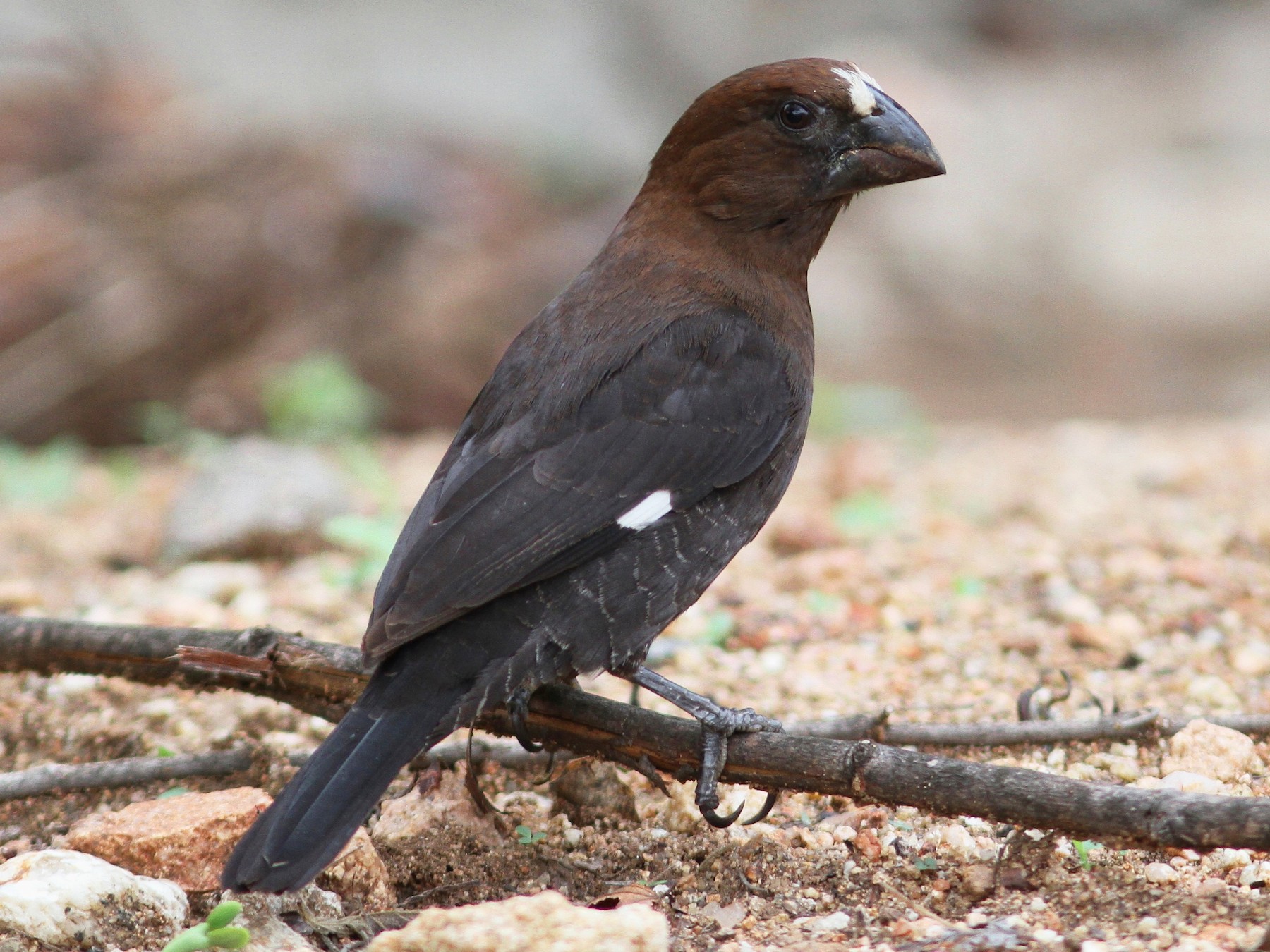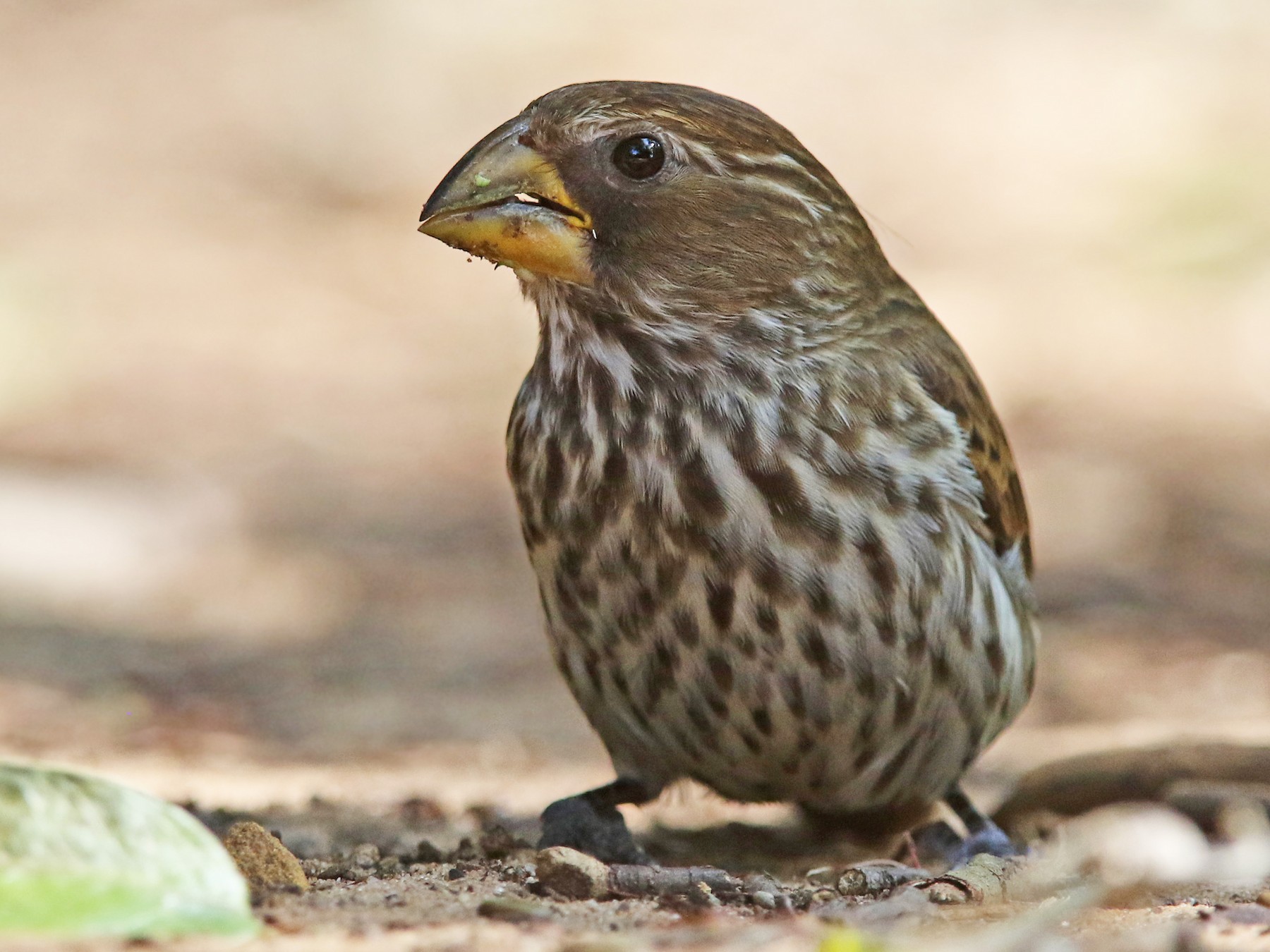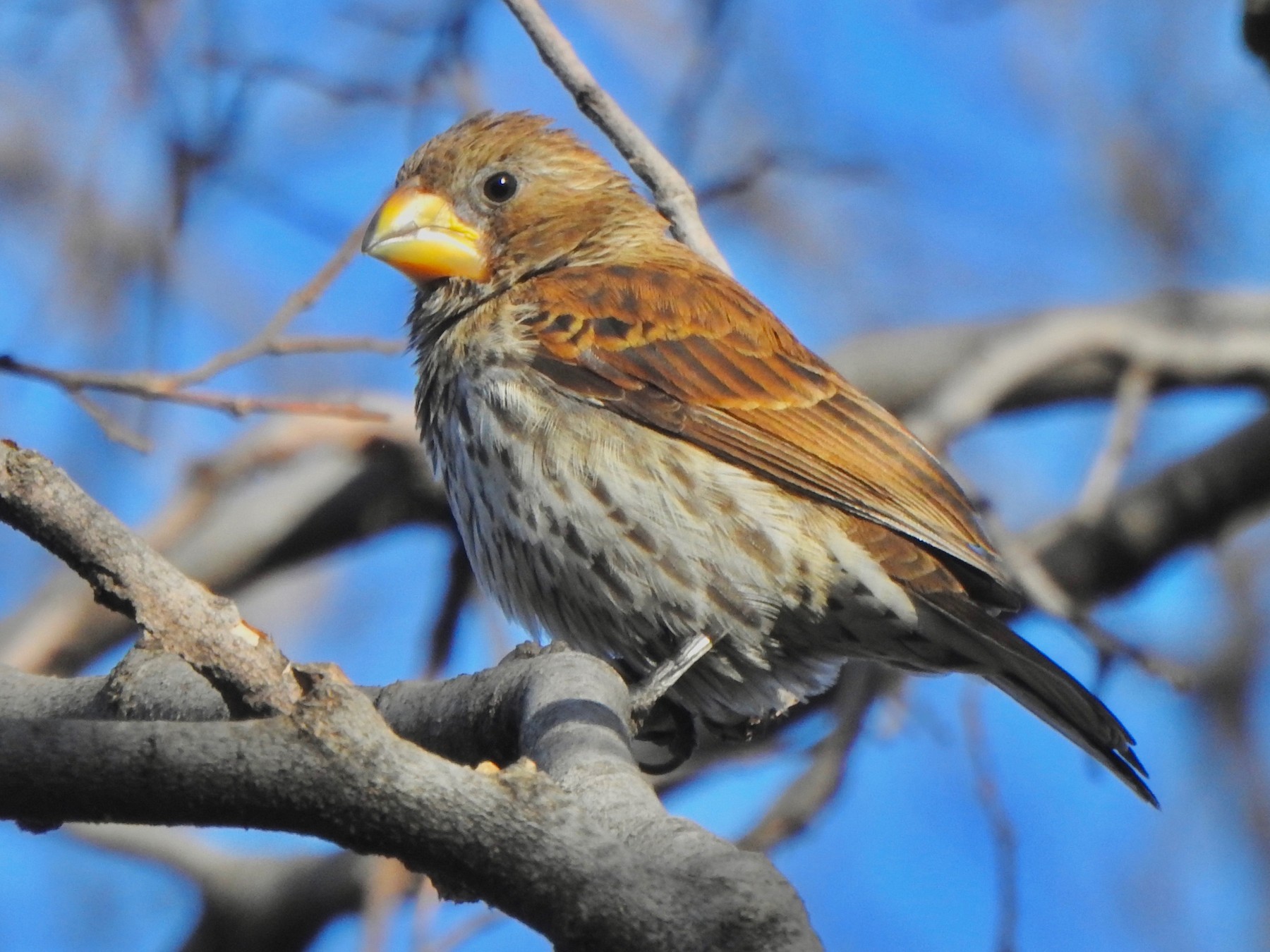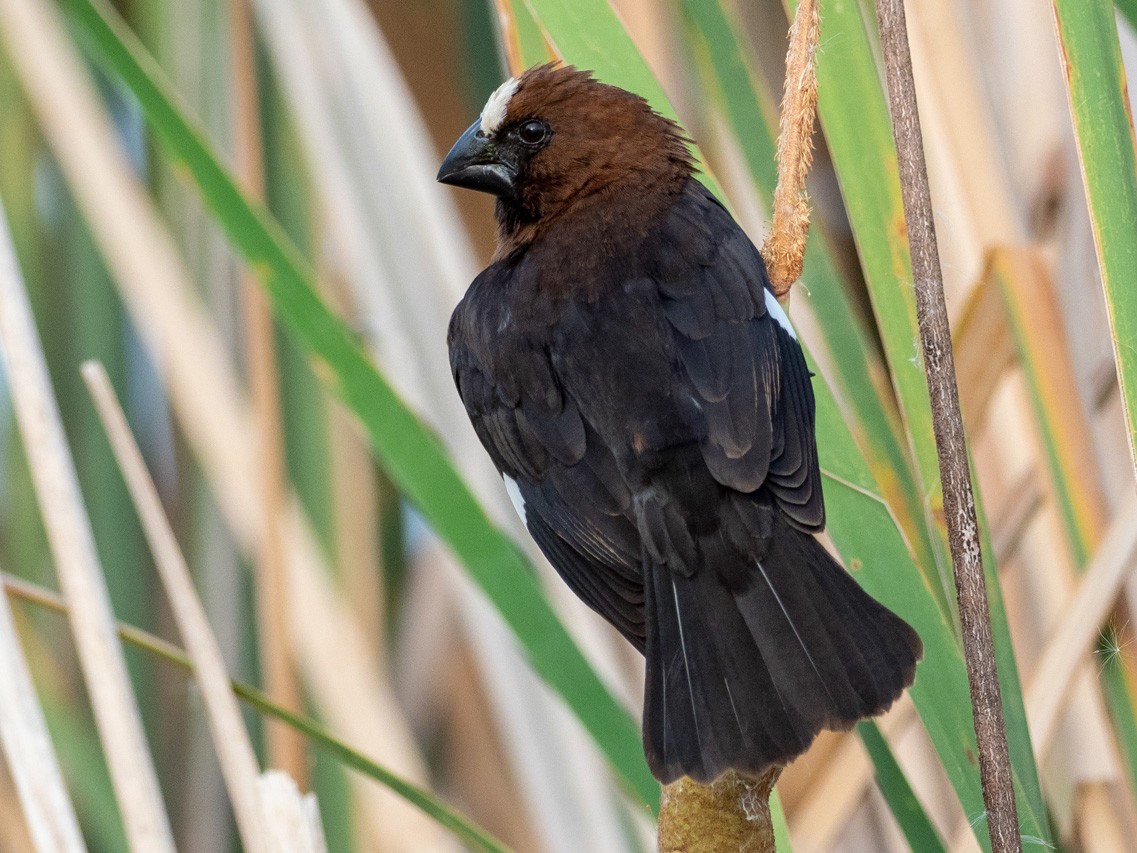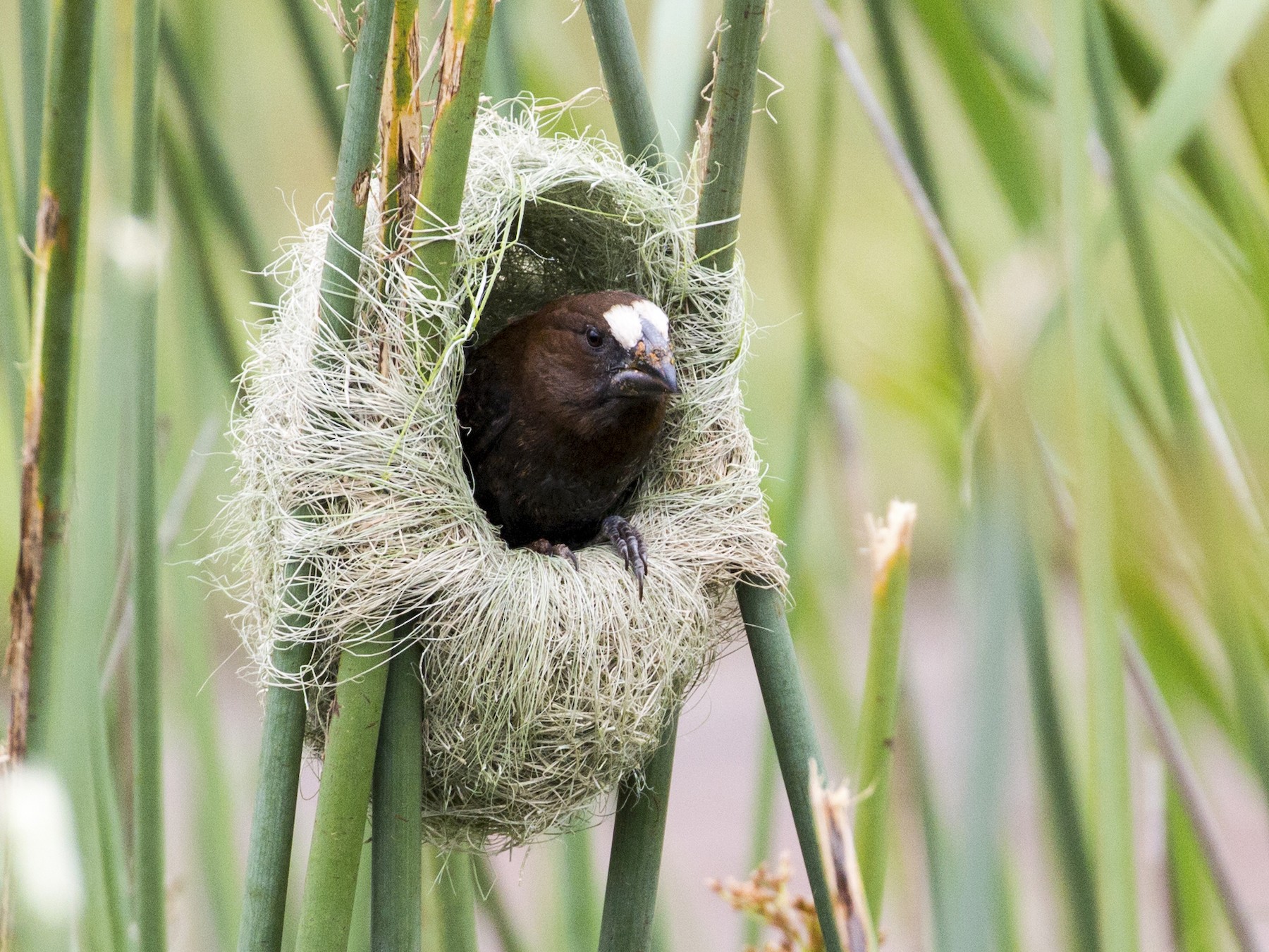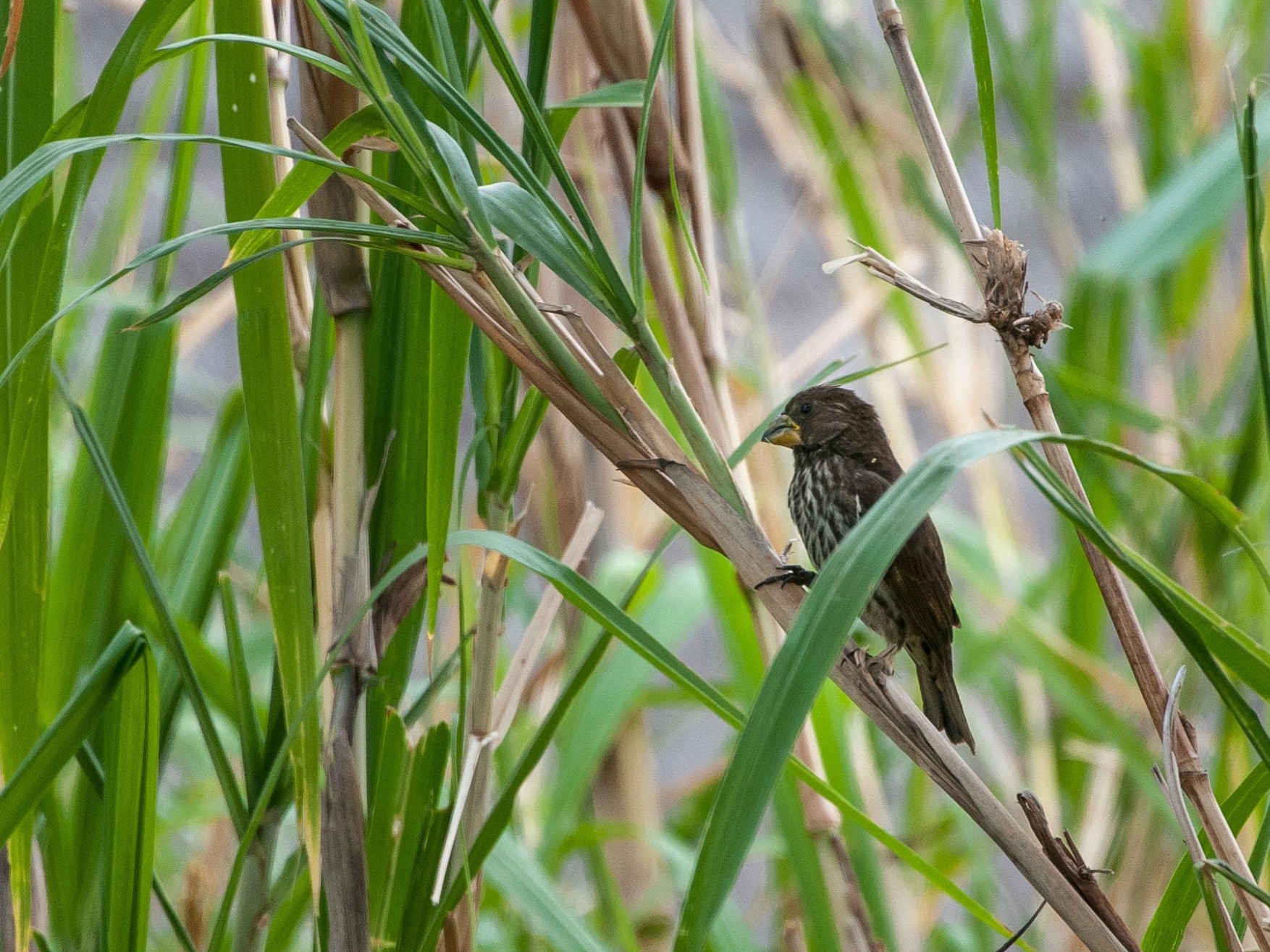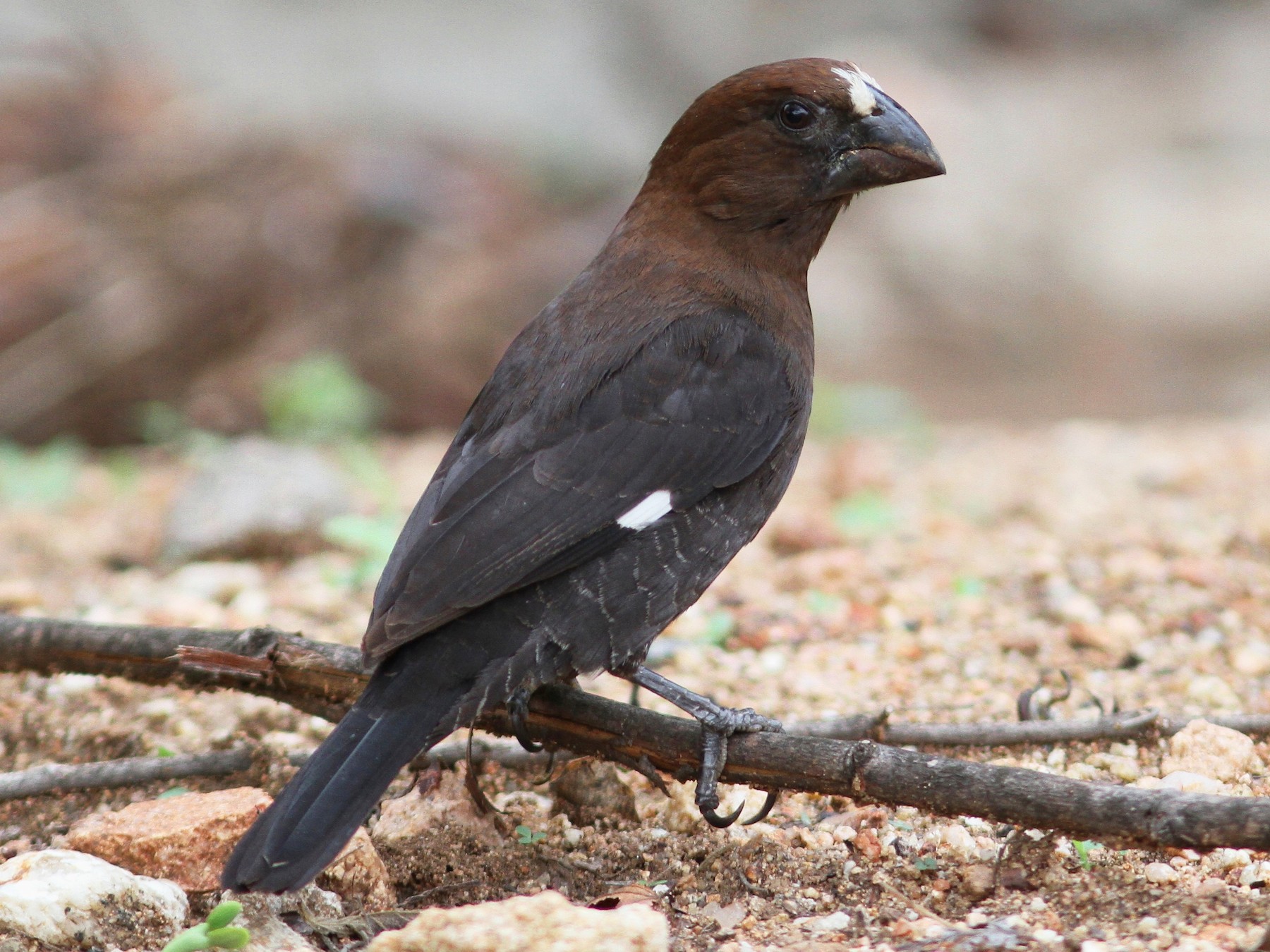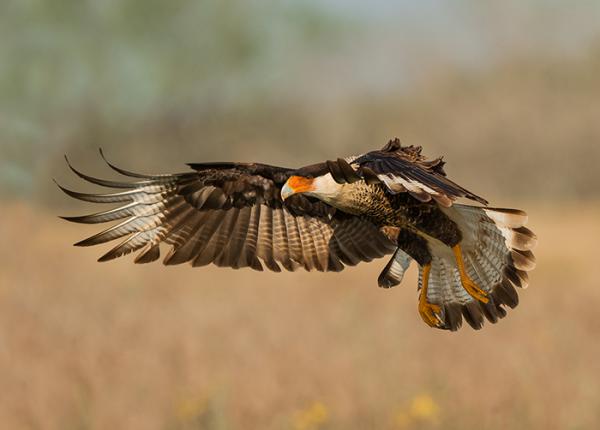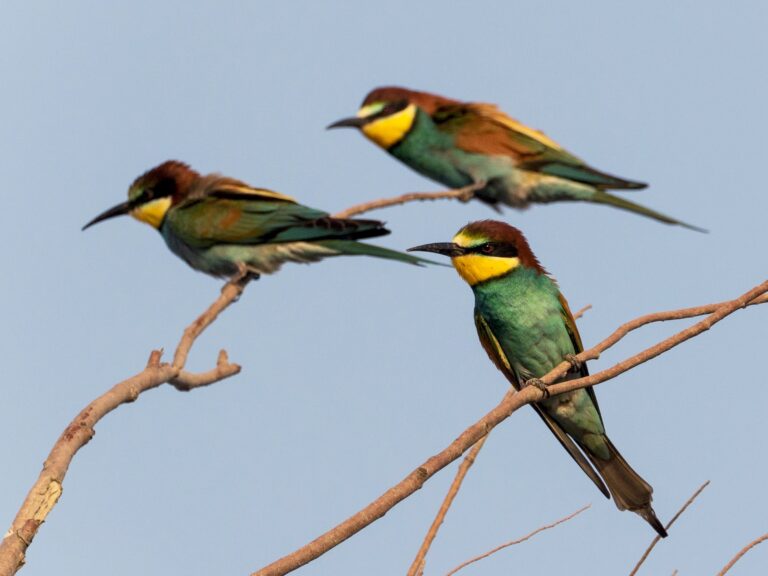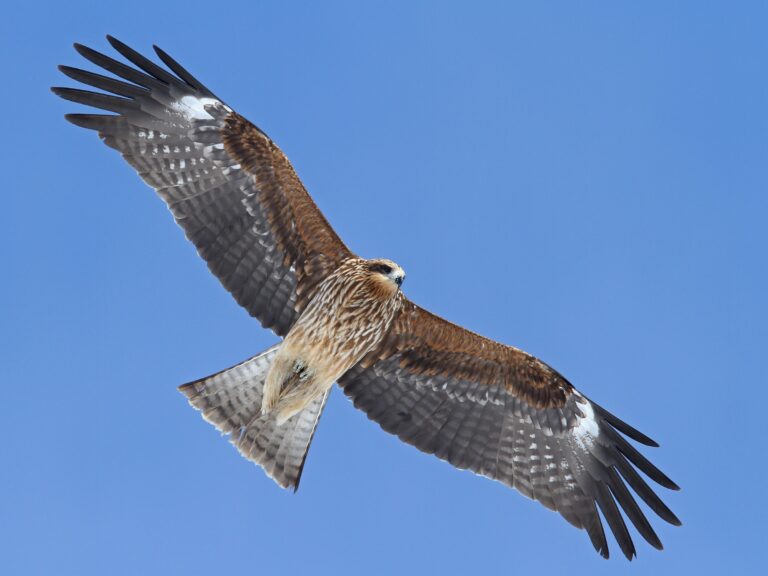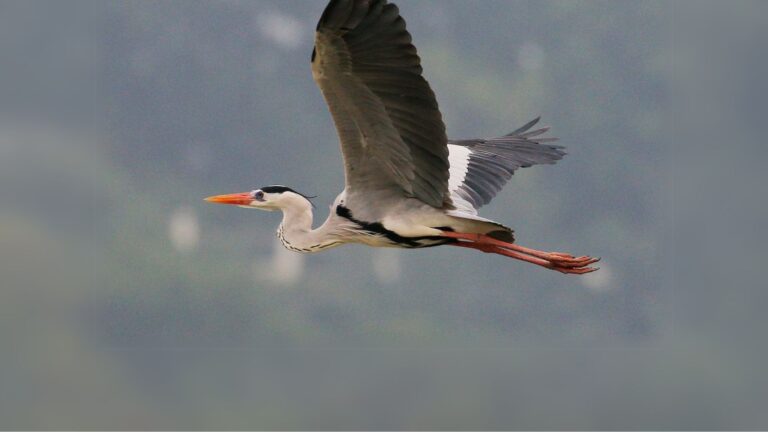Grosbeak Weaver: Discover the Unique Features and Habits of This Remarkable Bird
The Grosbeak Weaver is a large African bird with a powerful beak and some pretty unique nesting habits. Unlike a lot of other weaver birds, Grosbeak Weavers build elaborate nests and, interestingly, sometimes go after small frogs—so their diet is more flexible than you might expect.
Their robust bodies and thick beaks make them easy to pick out among other weavers. You’ll spot them across much of sub-Saharan Africa, usually hanging around wetlands and reed beds.
Grosbeak Weavers play an important role in their ecosystem, and their distinct look and habits make them favorites for birdwatchers and photographers. If you’re curious about their feeding quirks, there’s a study on weaver predation on frogs that’s worth a glance.
Key Takeaways
- The Grosbeak Weaver stands out with its thick beak and striking appearance.
- It lives in wetlands across sub-Saharan Africa.
- Nesting and hunting habits make it different from other weavers.
Taxonomy and Classification
Grosbeak Weavers show off thick beaks and sturdy nest-building skills. Their scientific classification highlights traits that set them apart from other little African birds.
Scientific Name and Family
The scientific name for the Grosbeak Weaver is Amblyospiza albifrons. It belongs to the Ploceidae family, or the weaver family.
This family falls under the order Passeriformes, the largest bird order, which somehow includes over half of all bird species. “Albifrons” points to the white forehead that some birds show off.
Researchers first described Amblyospiza albifrons back in the early 1800s. Among weavers, this species stands out for its thick, cone-shaped bill—perfect for cracking tough seeds.
Scientists often look at skull and palate structure to classify weaver birds because of the unique patterns in this family. These features really help show how Grosbeak Weavers are related—but still different—from other weavers and finch-like birds.
Related Species and Weavers
Inside the Ploceidae family, Grosbeak Weavers aren’t that closely related to the typical weavers like Ploceus or Euplectes (the bishops). Instead, they’ve got their own genus: Amblyospiza.
This separate group is mainly due to their unique bill shape and feeding style. Most weavers are famous for weaving wild, intricate nests, but Grosbeak Weavers keep things simple—they build big, ball-shaped nests and usually stick to reeds and wetlands.
Some field guides and taxonomic reviews have pointed out the clear differences between Grosbeak Weavers and other weavers, especially in anatomy and genetics.
Other birds called “grosbeaks” in Africa or elsewhere aren’t really close relatives—they just share that chunky bill. It’s a good example of how common names can be a bit misleading.
Subspecies and Variations
The Grosbeak Weaver shows quite a bit of variety across Africa. Several subspecies pop up, mostly based on size, plumage, and where they live.
Some of the more recognized subspecies are A. a. albifrons, A. a. melanota, A. a. capitalba, A. a. saturata, A. a. unicolor, A. a. montana, A. a. tandaae, A. a. kasaica, A. a. maxima, and A. a. woltersi.
These subspecies turn up in different places, from West Africa all the way to the east and south. For instance, A. a. melanota lives in the central and eastern regions, while A. a. unicolor hangs out further south.
Most of the differences are in little things—body size, color, especially in the males. Here’s a quick table for reference:
| Subspecies | Region Located | Notable Trait |
|---|---|---|
| A. a. albifrons | West Africa | White forehead |
| A. a. melanota | Central/East Africa | Darker overall plumage |
| A. a. unicolor | Southern Africa | Uniform body color |
| Others (capitalba, etc) | Localized populations | Size, shade, or pattern |
If you want to dig deeper, check out The Birdwatcher’s Dictionary for more on avian taxonomy.
Physical Description and Identification
The Grosbeak Weaver is pretty easy to spot once you know what to look for. Plumage, size, and the difference between males and females all help birders ID these birds pretty quickly.
Distinctive Features
The thick, conical bill is impossible to miss—built for cracking seeds and just looks powerful. It’s bulkier than what you see on most small birds.
You’ll often catch a flash of a white wing patch, especially when the bird is in flight or perched with its wings slightly open. The rest of the body varies—brown, black, sometimes streaked—depending on where it lives.
Eyes are dark, and the legs are short but strong, perfect for clutching onto twigs. Some birds show faint streaks along the back and flanks, though it’s not always obvious.
Here’s a quick list of field marks:
- Thick, conical bill
- White wing patch
- Sturdy legs
- Streaked back in some birds
Curious about grosbeak ID? There’s a decent overview of finches and weavers that covers it.
Sexual Dimorphism
Males and females don’t look the same, which makes things easier during breeding season. The males tend to be more colorful, with brighter patches and a sharper white wing patch.
Females go for a subtler look—more browns and grays—so they blend in while nesting. During nesting, you’ll often see males carrying material or singing near the nest, but both sexes get involved in building.
Spotting the male at a nest site can be a fun challenge, especially when the foliage is thick. For more on mating differences and behaviors, check out this weaver monograph.
Size and Length
The Grosbeak Weaver falls into the medium-sized songbird category. Adults usually measure around 14–16 centimeters (about 5.5–6.3 inches) from bill tip to tail.
They’ve got a stocky look—short neck, broad chest. Most weigh in between 20 and 30 grams.
When perched, that white wing patch and sturdy build make them stand out from other finches or weavers. For size comparisons and illustrations, there’s a handy guide on Ploceidae and finches.
Distribution and Habitat
Grosbeak Weavers show up most often in sub-Saharan Africa, especially where there’s water. They really need habitats that offer food and nesting material—no surprise there.
Range in Africa
You’ll mostly find Grosbeak Weavers in Central and East Africa. Tanzania, Kenya, and Ghana are some of the main spots.
They’re common in wet, marshy places along big rivers and lakes. Bird surveys in Tanzania and Kenya often turn them up, especially in lush river valleys packed with biodiversity.
The Selous Game Reserve checklist even includes them. Their range is patchy, following where thick wetland vegetation grows.
In Western Africa, like Ghana, they’re less common but still show up in protected reserves and untouched wetlands. You might need some luck to spot one, but they’re there if you know where to look.
Preferred Environment
Grosbeak Weavers love nesting in places with tall grasses, reeds, and papyrus. They usually avoid open or dry savannas and stick close to water, not far from marshes or swamp edges.
They look for spots that mix water and thick plant cover, which gives them both shelter and food. These dense environments let the birds safely weave their sturdy, hanging nests from plant fibers and grasses.
You’ll often spot Grosbeak Weavers sharing space with other wetland birds, like different weaver species and malimbes. Bird surveys in Nigeria show that spots with lots of reeds and papyrus support a greater variety of bird species, making these wetlands pretty important for conservation.
Rivers and Wetlands
Rivers and wetlands form the heart of the Grosbeak Weaver’s world. Floodplains, riverbanks, and marshes give them food—seeds, insects, you name it—and safe spots for building nests.
Papyrus beds are a favorite. The thick plants help hide nests from predators. When the rainy season comes and water rises, these birds may shift to new patches of reeds and tall grass.
Protected reserves, like some in Africa, keep river habitats undisturbed and populations healthy. Conservation in wetlands doesn’t just help Grosbeak Weavers—it helps a whole bunch of wildlife that depend on water-rich places.
Breeding and Nesting Behavior
Grosbeak Weavers have some quirky nesting and breeding habits. They often build together, breed at certain times, and show a mix of social mating patterns.
Colonial Nests and Structures
These birds are famous for their colonial nests. Many pairs build close together, forming big groups—sometimes dozens or even hundreds of nests in just one tree or shrub.
Each dome-shaped nest is woven tight from grass, straw, and stems. Long entrances help keep out predators and bad weather. When they can, Grosbeak Weavers pick long straws from their habitat, like the Kalahari straw, to make the roofs.
Living in colonies gives extra protection, with more birds on lookout. Sometimes, neighbors even help guard or fix each other’s nests. That’s a big part of why their colonies do so well.
Breeding Season
The breeding season depends on where they are and the local climate. Usually, they get started after the rains, when food is everywhere and it’s easier to feed chicks.
Males show off bright plumage and put on courtship displays to attract females. You’ll see a lot of singing and chasing, with males trying to impress several females at once. In some places, males cluster near the colony, showing off and building nests to win over mates. Researchers have seen this in wetlands, with males singing near old nests to draw in females.
Males usually build the nests first, then females lay eggs. Chicks in a colony tend to hatch around the same time, which helps reduce the risk of predators picking off single nests.
Polygynous and Monogamous Behavior
Grosbeak Weavers aren’t stuck on one breeding style. Some males mate with several females—each in her own nest inside the colony. This polygynous approach lets males father more chicks in a season.
Other times, a pair sticks together, sharing nest building, incubation, and chick feeding. The choice depends on how many females are around and how impressive the males’ nests are.
Breeding involves a lot of singing, nest building, and defending nest sites from other males. These social systems play a big role in the survival and growth of their colonies.
Conservation Status and Protection
The grosbeak weaver faces challenges with its habitat and survival. If you care about bird conservation, it’s worth knowing what’s going on with these birds and what’s actually being done to help.
IUCN Status and Threats
The grosbeak weaver, sometimes mixed up with the São Tomé grosbeak, has a conservation status that depends on region and species. In many places, they aren’t considered threatened and are listed as “Least Concern”.
But some populations face real risks—habitat loss, deforestation, and introduced predators top the list. For example, São Tomé grosbeak are critically endangered and need urgent help. Clearing forests for farms, urban growth, and invasive species are big threats.
Habitat fragmentation can lead to fewer chicks surviving. Climate change might make food harder to find, too.
Conservation Measures
Protecting grosbeak weavers and similar birds usually means a mix of government rules, protected area management, and local conservation. Setting up protected reserves and controlling land use around nesting sites really helps.
International groups push for habitat management that works for both people and birds. Education campaigns can get more folks on board with saving forests and supporting birdlife.
Research, like the biodiversity and conservation reviews of São Tomé and Príncipe, shows how important monitoring programs are. Surveys help spot declining populations and let people act faster when there’s a problem.
Direct actions—like reforestation, controlling invasive species, and setting hunting rules—can keep these unique birds around for the long haul.
Photography and Licensing Information
Clear guidelines help photographers, editors, and businesses figure out how to use Grosbeak Weaver photos. It’s smart to know the difference between image rights, download choices, and what’s allowed in editorial or commercial projects.
Usage Rights and Licensing
Grosbeak Weaver photos come with different licenses. The main ones are rights managed and royalty-free. Rights managed images cost more if you use them for bigger projects and require you to spell out how you’ll use them. Royalty-free images let you use them more widely for a one-time fee, but there can still be limits for high-profile uses.
Some photos are for editorial only—think news, education, or blogs, but not ads or commercial stuff. Others have commercial use licenses, so businesses can use them in ads or packaging. Photos under a Creative Commons license, like this Summer Tanager photo, are usually free for non-commercial use as long as you give credit.
Always double-check the image metadata or website terms before downloading. Licensing rules can change between providers. When you’re unsure, just ask the image owner or publisher.
Download and Resolution Options
You can find high-quality Grosbeak Weaver photos in different sizes and resolutions. Most pro files come at high resolution—300 dpi or better—which works for print and digital. Lower-res files are good for quick previews or web use.
Some sites let you pick from formats (JPEG, TIFF, PNG) and sizes before downloading. Rights managed images might offer the biggest files, while royalty-free ones usually have a few preset choices.
Here’s a quick summary:
| Resolution | Common Uses | Availability |
|---|---|---|
| 72-150 dpi | Web, digital use | Preview, web blogs |
| 300 dpi | Print, posters | Professional download |
Always check if you need a higher resolution for big print jobs. Some editorial licenses cap the max resolution you can use.
Editorial Versus Commercial Use
Editorial use covers news, science articles, field guides, or educational stuff. Photos licensed for editorial use can’t be used to sell products or services. This isn’t just a suggestion—it’s important for copyright.
Commercial use means you can put images in ads, logos, brochures, websites, or packaging. Some images need a special commercial license, and these usually cost more because of legal hoops. Commercial licenses might also block certain edits or require a model release if there’s a person in the shot.
Stock agencies and image providers usually label files as editorial only or commercial. Read these tags carefully before downloading, especially for business or merchandise. For more info, check out the guidance on photo credits and licensing.
Frequently Asked Questions
The Grosbeak Weaver stands out for its big bill and unique nest-building skills. You’ll find it in parts of Africa, and it’s got its own tastes in habitat and diet.
How can one differentiate between the Grosbeak Weaver and other weaver bird species?
The Grosbeak Weaver has a hefty, conical bill that’s hard to miss. Its plumage is darker than most weavers, and males and females look pretty much alike. Unlike many weavers where the males are super bright, this one’s more on the subtle side.
What is the natural habitat of the Grosbeak Weaver?
You’ll find Grosbeak Weavers in wooded spots, especially near water and riverbanks. They prefer places with thick vegetation for nest building. People have seen them in West and Central Africa—Nigeria, for example—often living in mixed flocks with other birds. There’s more about their presence in Nigeria in this case study on flagship bird species.
What dietary preferences are observed in Grosbeak Weavers?
They mostly eat seeds and grains. Their strong bill lets them crack open some truly tough seeds.
Sometimes, if they stumble upon small fruits or berries, they’ll snack on those too. Insects make up a smaller part of their diet, but they don’t seem too picky when foraging.
Are Grosbeak Weavers available in the pet trade, and what are the considerations for keeping one?
It’s pretty rare to see Grosbeak Weavers in the pet trade. They just don’t adapt well to captivity, honestly.
They need a specialized diet and a really large enclosure that looks and feels like their natural home. Honestly, keeping one as a pet just isn’t a good idea for beginners, especially with their tricky care and the conservation issues involved.
Can you describe the breeding habits and nest construction of the Grosbeak Weaver?
These birds are known for weaving intricate nests out of grass and leaves. Both the male and female pitch in, which is a bit unusual compared to some other weavers.
They usually tuck their nests deep in bushes or high up in reeds, hoping to keep predators at bay. If you’re curious about more weaver and finch nesting details, check out this monograph on weaver-birds.
How does the size of the Grosbeak Weaver compare to other birds within the same family?
The Grosbeak Weaver sits right in the middle when it comes to size among weaver birds. It usually measures about 15–17 cm in length.
It’s definitely bigger than many of the common weavers you’ll see, though not quite as large as the biggest finch family members. Its sturdy body and that bold bill really make it stand out from other similar birds.

